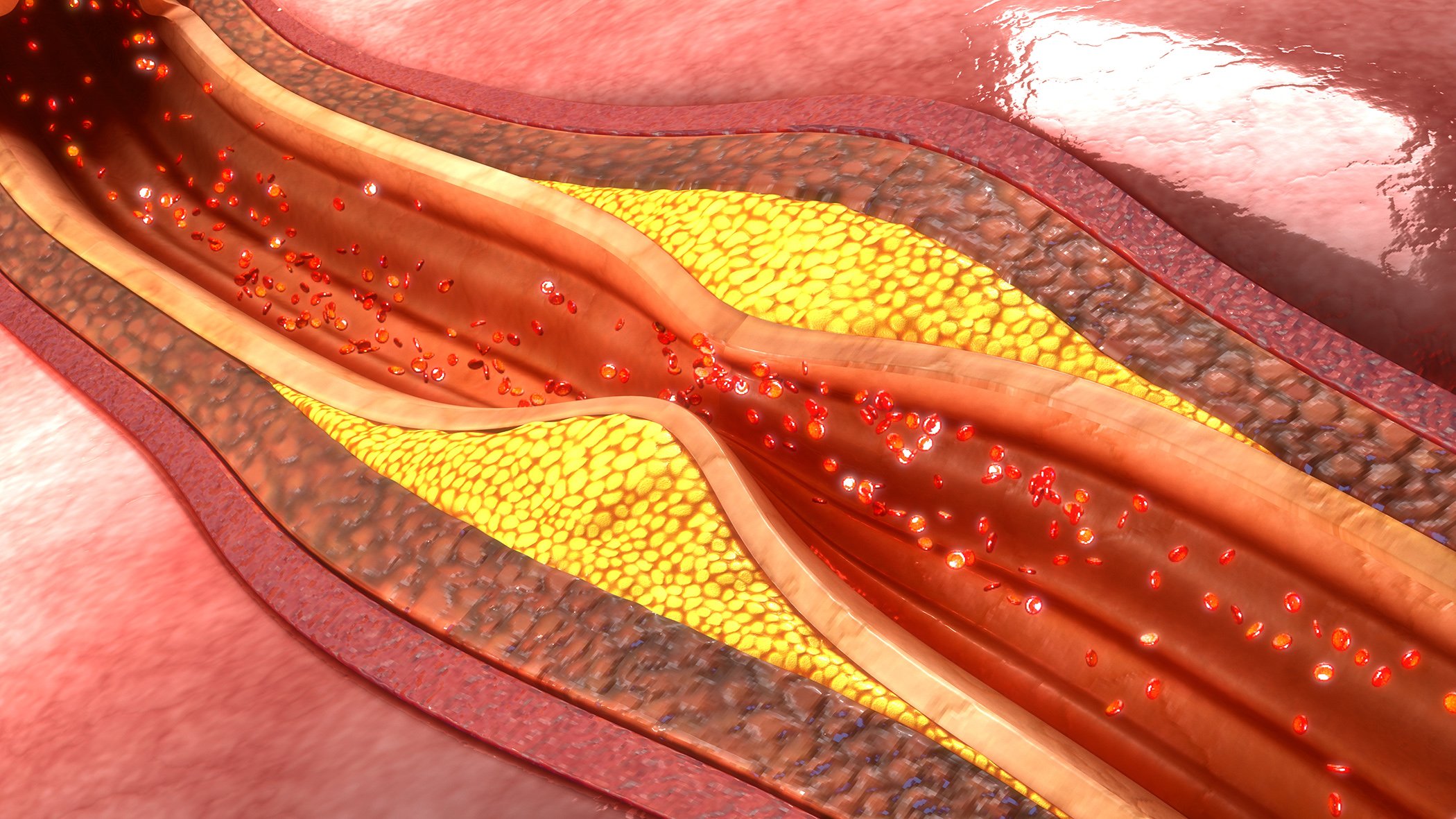Coronary heart disease (CHD) is one of the most common heart diseases worldwide and is currently grouped into two syndromes: acute coronary syndrome (ACS) and chronic coronary syndrome (CCS). Following revascularization, patients with ACS and CCS are usually treated in the medium and long term by both general practitioners and cardiologists. The current guidelines of the European Society of Cardiology (ESC) emphasize that the assessment of the individual ischemia and bleeding risk is an important basis for the choice of an adequate antithrombotic strategy.
Autoren
- Mirjam Peter, M.Sc.
Publikation
- HAUSARZT PRAXIS
Related Topics
You May Also Like
- COPD therapy
Drug therapy – Update 2025
- Atrial fibrillation: interdisciplinary effort is crucial
Managing risk factors and comorbidities in addition to rhythm control
- Casuistry
Hernia turns out to be a 25 cm long Meckel’s diverticulum
- Side effects under opioid therapy
Is it possible to avoid the inevitable?
- Diagnostics of respiratory viral infections
What is tested when and on whom?
- From symptom to diagnosis
Dyspnea – pulmonary hamartomas
- Phobia
Propranolol and spider phobia: the time window is crucial
- Focus on prevention











